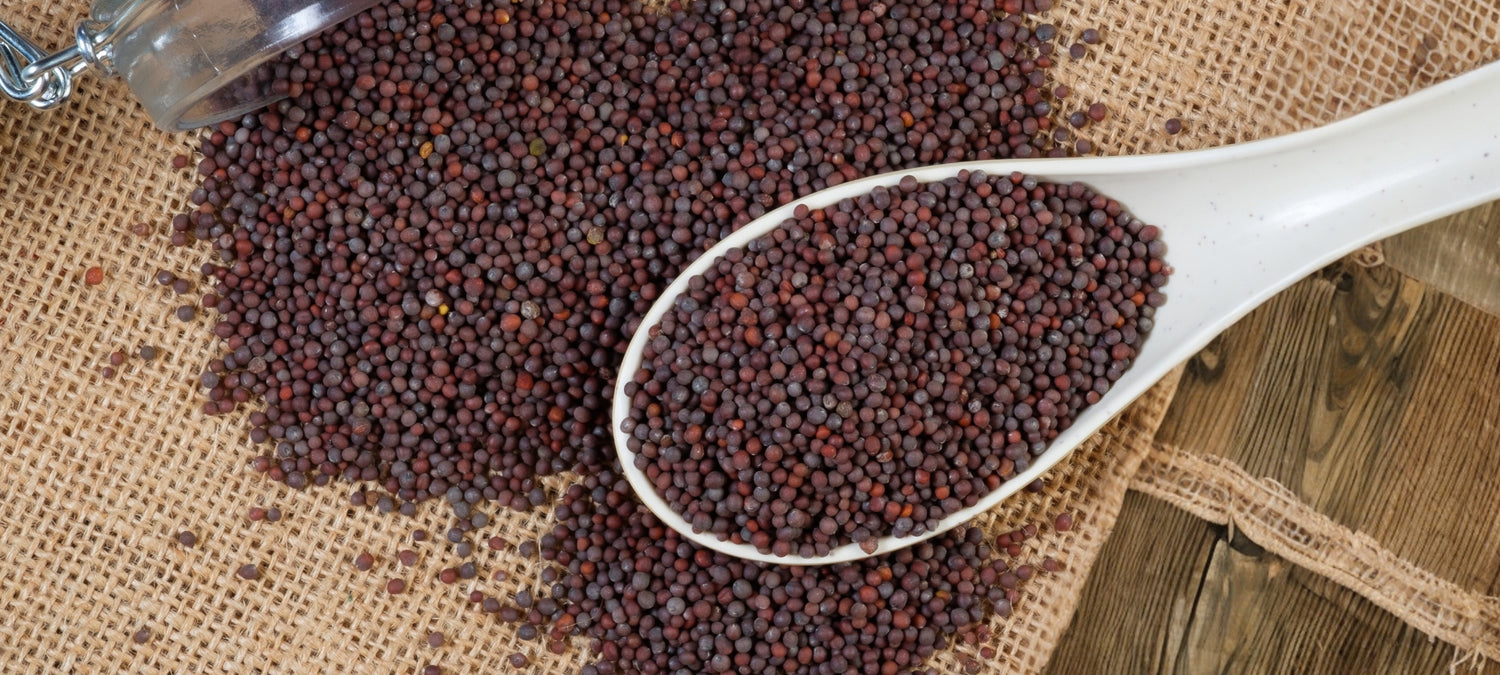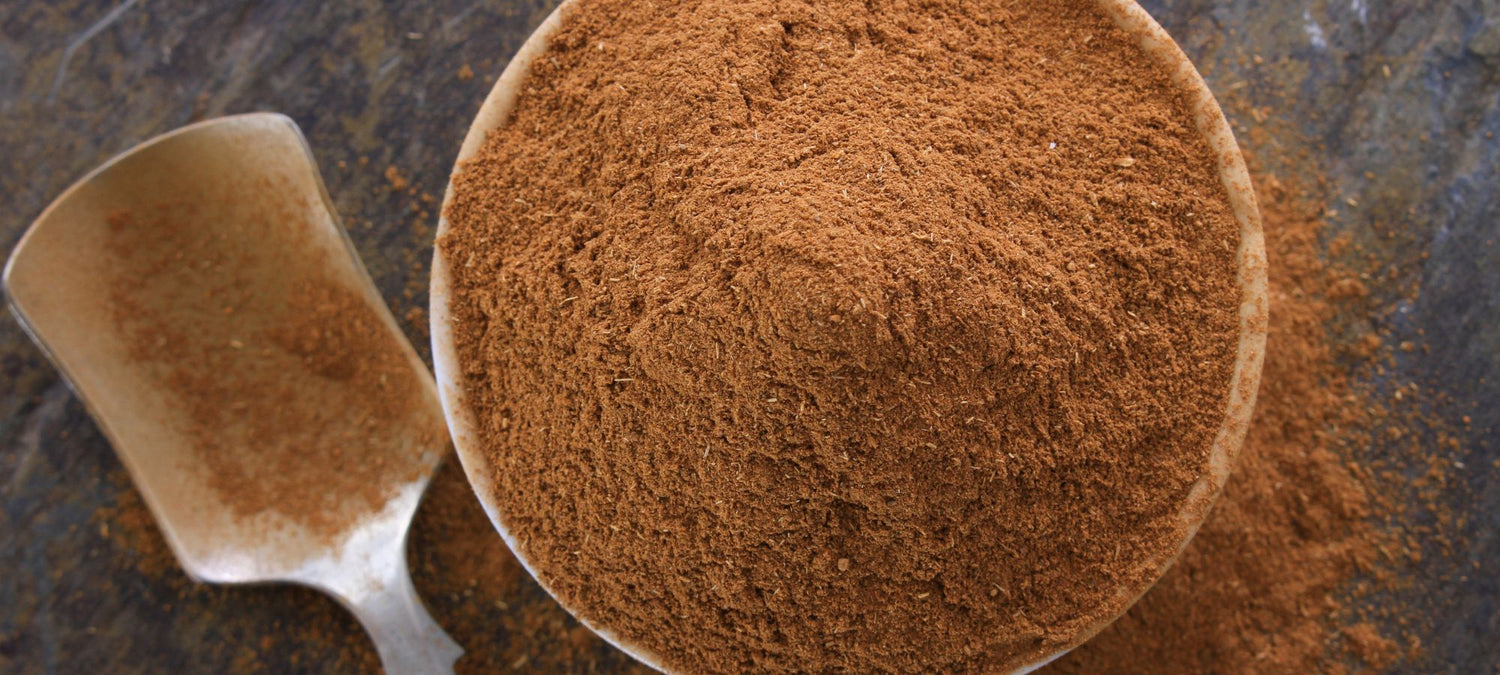Historical Significance and Cultural Importance
Madder root, known scientifically as Rubia tinctorum, is no newcomer to the world of color and craft. For over 3,000 years, this plant's roots have been the source of a striking red dye that has colored fabrics, graced paintings, and played a pivotal role in trade across Europe, Asia, and Africa.

Long before synthetic dyes took center stage, the deep reds of madder root were highly prized in ancient civilizations. The cloth dyed with madder has been discovered in the tombs of Ancient Egypt. In Europe, madder was an essential dye in many textile hubs, including France and the Netherlands, where it featured prominently in tapestries and artisanal crafts. The vivid hues derived from madder root were so cherished that they even found their way onto the palettes of Renaissance painters.
How to Craft a Natural Dye with Madder Root Powder
Materials:
- Madder root powder from Sacred Plant Co - 100 grams
- 100% natural fiber fabric (cotton, silk, or wool) - 500 grams
- Alum (mordant) - 20 grams
- Water
Instructions:
- Pre-Mordanting the Fabric: Dissolve alum in a pot of water. Soak the fabric in this solution for 12 hours. This prepares the fabric to bond better with the dye.
- Preparing the Dye Bath: Fill a large pot with water. Slowly add the madder root powder while stirring to ensure it's well-dissolved.
- Heating: Gently heat the dye bath, ensuring the temperature doesn’t go beyond 60°C (140°F). Overheating may shift the dye color to browns or oranges.
- Dyeing the Fabric: Once the dye bath is ready, introduce the pre-mordanted fabric. Allow it to simmer for about 45 minutes, occasionally stirring.
- Cooling and Rinsing: Remove the fabric from the dye bath and let it cool. Rinse it under cold water until the water runs clear.
- Drying: Dry the fabric away from direct sunlight to preserve the color's vibrancy.
Caveats and Cautions
While madder root is a fantastic natural dye, it's essential to handle it with care. Direct ingestion is not advised. Always work in a well-ventilated area, wear gloves to avoid staining, and keep madder root powder away from children and pets.
The captivating reds of madder root tell tales of ancient civilizations, age-old crafts, and the beauty of nature's palette. Whether you're a seasoned craftsman or a budding DIY enthusiast, the madder root powder is a gateway to a colorful world of historical significance.



